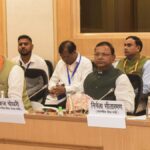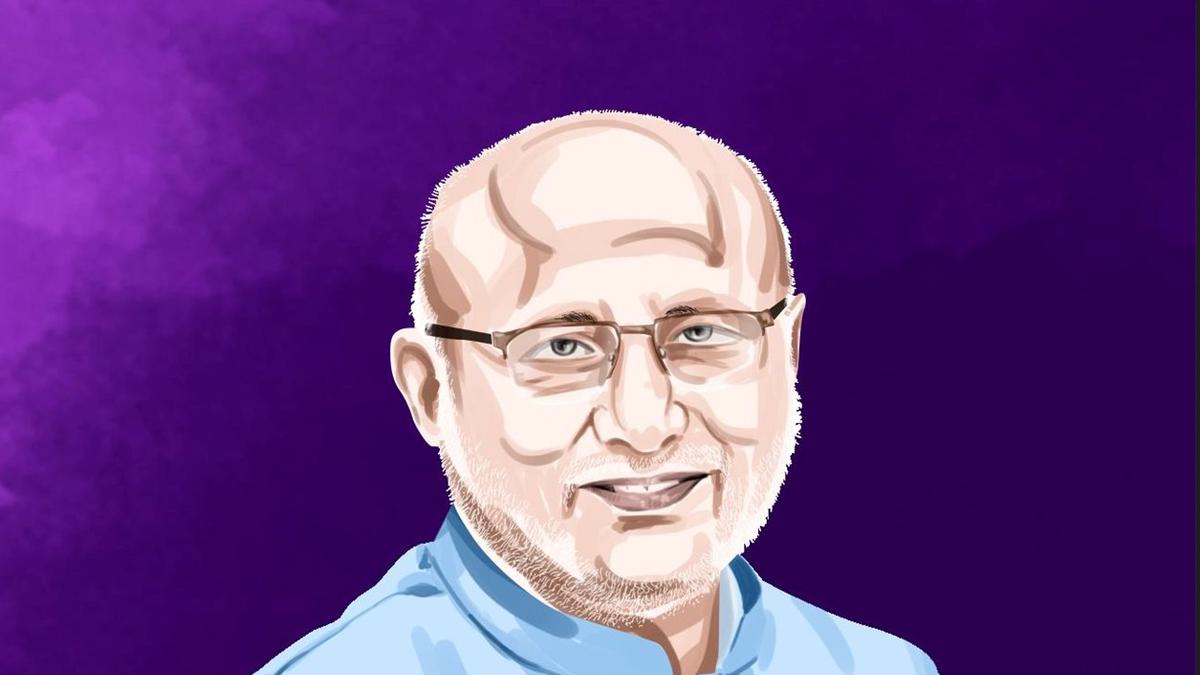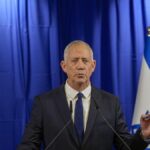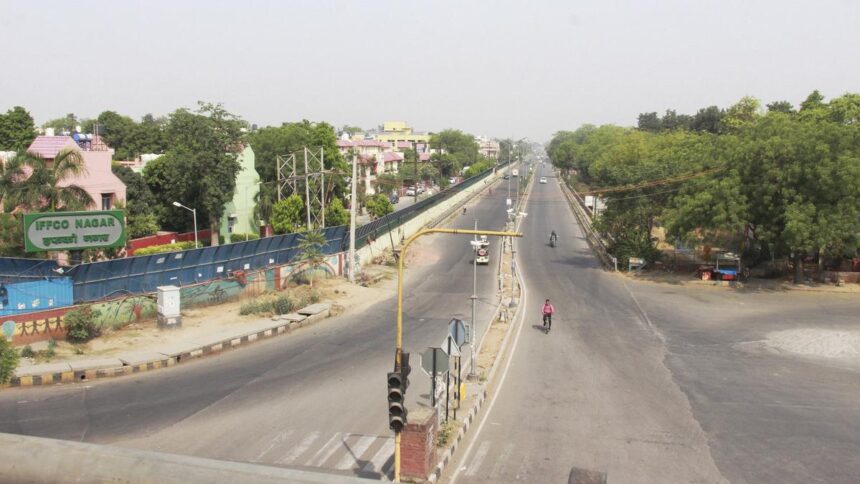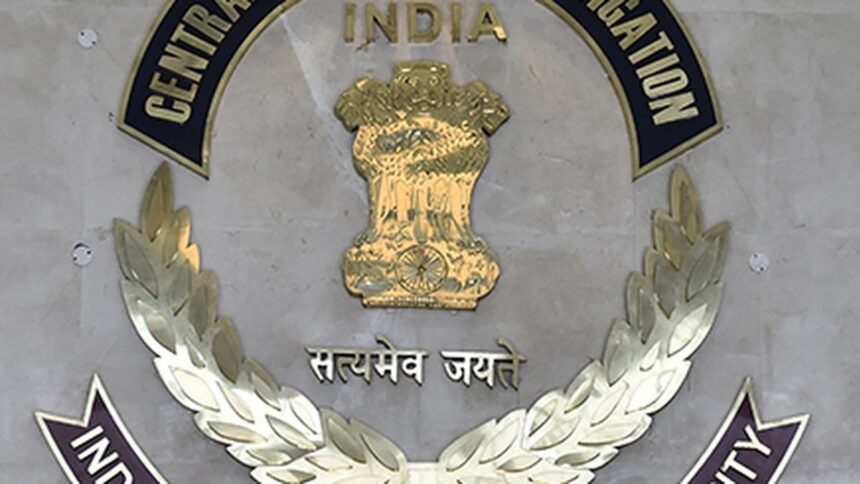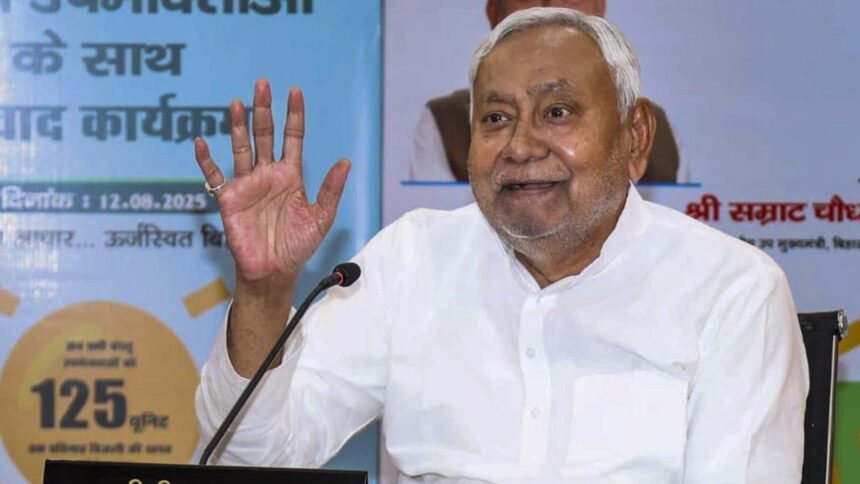A series of bomb blasts on February 14, 1998 in Coimbatore proved to be a significant turning point in the career of C.P. Radhakrishnan, the BJP-led NDA’s Vice-Presidential candidate. The explosions occurred at various locations, including near a rally that was to be addressed by BJP leader L.K. Advani, just before the second phase of the Lok Sabha elections. The blasts claimed 58 lives.
The blasts, orchestrated by Al-Umma — a radical Islamist organisation born in the aftermath of the Babri Masjid demolition — had polarised the political terrain of the city. Founded by S.A. Basha in 1993, Al-Umma had previously targeted the RSS office in Chennai, resulting in the deaths of 11 people. The Coimbatore blasts turned the tide in favour of the BJP, which was then part of the AIADMK alliance.
Three BJP candidates secured victories, including Mr. Radhakrishnan, who won the Coimbatore Lok Sabha seat with a margin of over 1.4 lakh votes. Following this success, the BJP and its allies, led by A.B. Vajpayee, formed the government at the Centre. However, the government lasted only one year, as AIADMK leader Jayalalithaa withdrew her support.
Subsequently, the BJP formed an alliance with the DMK, then the ruling party in Tamil Nadu. Mr. Radhakrishnan was re-elected from Coimbatore in the 1999 general elections. His election from Coimbatore — the ‘capital’ of the Kongu region and an industrial hub of Tamil Nadu — further propelled his political ascent.
Turn to the Sangh
Mr. Radhakrishnan, a businessman who runs textile units, comes from a family of Congress supporters. However, his political leanings shifted towards the Janata Party and Jan Sangh.
He accompanied the late Prime Minister Chandra Shekhar on a nationwide padayatra from Kanniyakumari in 1983. He also worked closely with the Hindu Munnani, founded by Rama Gopalan, who spearheaded the Hindutva ideology in Tamil Nadu. Later, he joined the RSS, eventually becoming the president of the Sangh in Tiruppur.
A member of the socially dominant and economically prosperous Kongu Vellalar community, he became the secretary of the BJP’s Tamil Nadu unit in 1996. He served as the party’s president between 2003 and 2006. Within the Tamil Nadu BJP, while the late L. Ganesan was the blue-eyed boy of L.K. Advani, Mr. Radhakrishnan had a similarly close bond with Vajpayee. An avid sportsman, he is a table-tennis champion.
The communally polarised Kongu belt, following the Coimbatore bomb blasts, prepared the ground for the emergence of BJP leaders from the Kongu Vellalar community, known as Gounders. The Kongu region is also a stronghold of the AIADMK, now an ally of the BJP, which elected more MLAs from the party in the last two Assembly elections in the State. AIADMK leader and former Chief Minister Edappadi K. Palaniswami is also a member of the community.
As the Kongu region is a key focus for the BJP leadership, it has consistently chosen leaders from the area and rewarded them accordingly. In many ways, Mr. Radhakrishnan is the first prominent BJP face from the region. After him came L. Murugan, hailing from the Scheduled Caste, who became the BJP’s State president and is now a Union Minister. K. Annamalai, an IPS officer-turned-politician, is also a Kongu Vellalar. The party’s All India Mahila Morcha leader and MLA Vanathi Srinivasan also belongs to the community.
By nominating Mr. Radhakrishnan as the Vice-Presidential candidate, the BJP seeks to offer the community a prominent national presence after a gap of many years. After Dr. P. Subbarayan, a Congress leader and Union Minister, and C. Subramaniam, who served as Union Minister and Maharashtra Governor, the community did not secure a vital place in national politics.
The BJP appointed Mr. Radhakrishnan as the Governor of Jharkhand before transferring him to the Raj Bhavan in Maharashtra. His position as Vice-President is expected to bolster the BJP’s influence in the Kongu region.
Published – August 24, 2025 01:27 am IST






